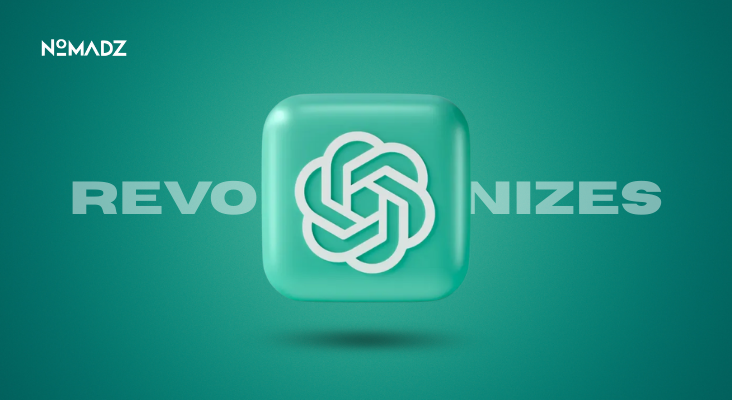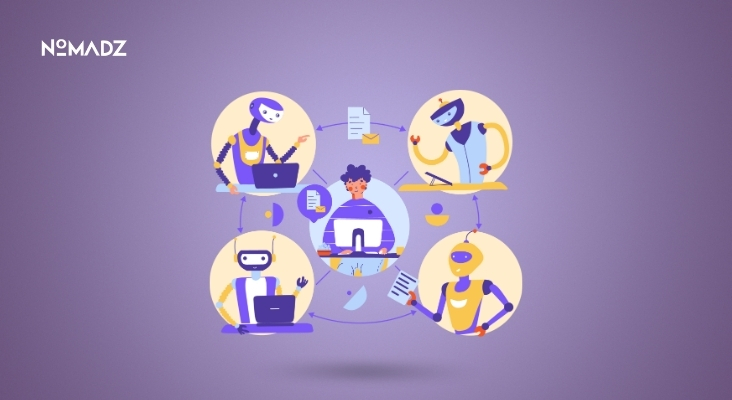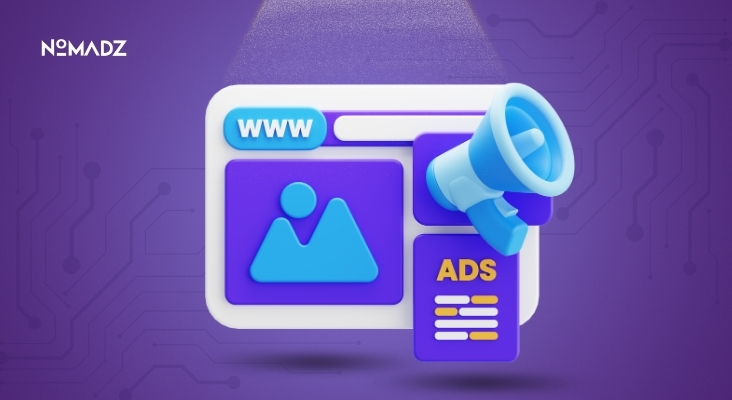Your Ultimate Guide to Smarter Customer Segmentation in 2025
Ever felt like you’re shouting into the void when marketing? I remember that sinking feeling before I discovered smarter customer segmentation methods. In this blog, I’ll walk you through practical steps that let you connect, convert and truly respect what your audience wants.
You’ll get a clear insight into how defining the right customer segments can boost ROI and engagement, starting today.
When Guesswork Replaces the Customer Segment Strategy, Your Campaign Pays the Price
You’re juggling campaigns that don’t land. Your team is sending blanket emails, investing in ads with low conversion and wasting budget on audiences that barely stick. The vague sigh of “Is this working?” from your head is bad. You know there’s a better way.
However, you’re feeling unsure about how to define a customer segment. This uncertainty about running an audience segmentation analysis slows everything down. When customer segmentation is half-baked, results are messy. You might target millennials, but miss that your core audience actually prefers sustainable choices or value bundles.
You end up with low click-through rates and high unsubscribe numbers. That’s a problem. The cost of guesswork isn’t just budget; it’s credibility, brand momentum and retention. Remember when you tried segmenting customers, such as gender or geography, only? You ended up with generic messages that failed to resonate.
Now your open rate is stuck at 12%, and sales are flat. It’s disheartening. I’ve been there. It’s like showing up at a house party and talking only about the weather; you miss the real connection.
Price segmentation example: One client I worked with offered the same price to everyone. After segmenting by purchase frequency and spending habits, I proposed tiered pricing. Within 3 months, their revenue per user grew by 18%. That’s the real impact of simply applying customer segmentation correctly.
Now you might be wondering what the solution is. Don’t worry, we have got you.
Also Read: How to Measure Brand Equity in 7 Simple Steps?
Solution: Smarter Customer Segmentation That Actually Works
If you’re tired of wasting time and budget on campaigns that don’t click, this is where you turn it around. I break the process into concrete steps that I have applied in different scenarios and within the teams I have supported.
The process after each subsequent step in the marketing funnel leads to better-performing campaigns, with more acute customer knowledge.
1. Set Goals
Before defining your first customer segment, keep in mind what you are solving for behind it: Is it customer conversion or easing customer churn? Product repurchase support may be another option. Set KPIs; measurable terms include open rate, average order value, retention rate and so forth.
Without any goal, your segmentation will always remain an abstraction apart from any real business outcome.
2. Collect the Right Data
You need good data to build strong segments. It is vital to bring in the right data. When dealing with a customer, the manner in which they relate to your business is much more important than anything else. This includes things like an email address or a name.
Record as much information as your web analytics, email marketing and CRM records will permit. Customer surveys and conversations for further context on the data may provide even more richness to the information collated. Core data you will be monitoring should include purchase behavior, browsing behavior, geographic location, and device used.
Additionally, consider any other feedback they have given you. The more complete and timely you can keep your information, the more precise and useful the segmentation will be.
3. Choosing the Right Type of Segmentation
There are 4 key types of customer segmentation to work with:
- Demographic – Age, Gender and Income
- Psychographic – Interests, Values and Lifestyle
- Behavioral – Purchase frequency, Loyalty and Usage Patterns
- Geographic – City, Region and Climate
You don’t need to use all 4 at once. Start with 2 and see how patterns emerge. For example, combining behavioral and psychographic data shows what your audience values and how they behave on it.
4. Analyze and Group Customers
This tools-based analysis helps you get clear segmentation as well as behavior analysis; tools such as Google Analytics or HubSpot are examples. One client did this by tracking login frequency and update history.
They uncovered three key groups:
- High-Intent Users
- Silent Trial Users
- Value-Seekers
Each group received tailored messaging based on their behavior. The outcome? In just 60 days, upgrade conversion rates went up by 14%. Segmenting with real data sharpens campaigns; it’s more relevant and far more efficient than “one-size-fits-all” outreach.
5. Build Profiles for Each Segment
This is where the insights come into play. Give each group a little description and names such as “Weekend Shoppers,” “Loyal Upgraders” or “Eco-Conscious Buyers.” Include their motivations, concerns and how they want to connect with your brand. Now you’re not marketing to a number, you’re speaking to a person.
6. Launch Targeted Campaigns
Targeted campaigns are where smart customer segmentation proves its worth. When each message feels tailored, engagement naturally increases. For this e-commerce brand, the results were 2.5 times better. However, this claim is misleading. They didn’t change the product; they simply found the right clientele and communicated with them effectively.
Be it emails, ads or landing pages, targeted approaches lend meaning to your efforts. It is not a matter of doing more – it is all about doing it smartly with a sense of focus and clarity.
7. Test, Track and Improve
Customer segmentation is not a one-time process. Run A/B tests on emails, ad copy, landing pages and even product bundles. Determine which messages are most effective with each segment. Then refine; the goal is to make each segment feel like your message was meant just for them.
Also Read: Uncovering Untapped Opportunities with Market Intelligence in 2025
8. Optimize Pricing by Segment
This is where a price segmentation example can deliver real revenue. A subscription business I worked with offered the same price to everyone. Once they introduced three pricing tiers based on usage, power users went premium, while light users felt like they were saving. Total revenue grew 18% in one quarter.
What This Matters to You?
If you’re in that 25–30 age bracket, you’re accustomed to personalized experiences from Spotify, Netflix and your favorite online stores. I know you expect brands to get you. Smarter segmentation does just that. It turns spray-and-pray marketing into personal invites to an experience you want.
That delivers trust and brand loyalty.
Conclusion
You’ve seen how smarter customer segmentation changes marketing from broad blasts to tailored conversations that actually matter. Use real data, test your segments and honestly speak to what each group needs. It’s not just about reach, connection, growth and being ahead in 2025 matters a lot.
If you want to connect with the best segmentation company, Nomadz Digital and Innovation is here for you.
FAQs
Q. What does customer segmentation mean?
It means dividing a large group of customers into groups based on similar characteristics, thereby enabling marketing to be more focused.
Q. What are the four types of customer segmentation?
Demographic, psychographic, behavioral, and geographic, all showing different perspectives on the way people tend to think, act, or indeed live.
Q. Why is segmentation important?
It is important so that a message can go directly to a more interested group, ensuring conversion is likely while eliminating money wasted on disinterested groups.
Q. What are some customer segment examples?
Examples include budget-conscious shoppers, loyal repeat buyers, new users, and high-spending premium customers.
Q. What is customer segmentation analysis?
The process of studying customer data to create meaningful groups that guide personalized marketing efforts.









Leave feedback about this